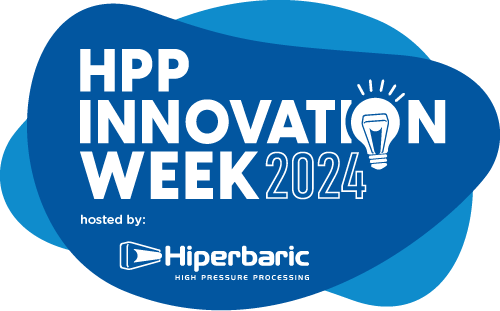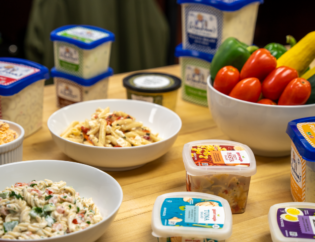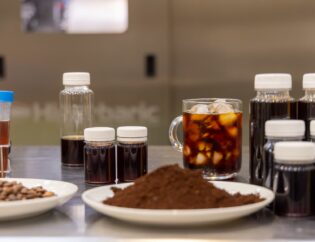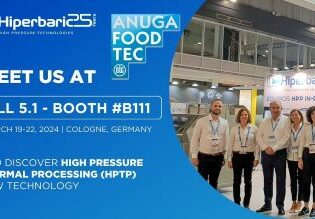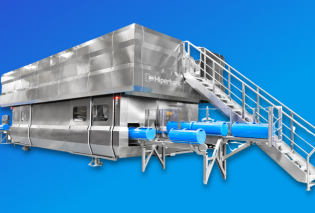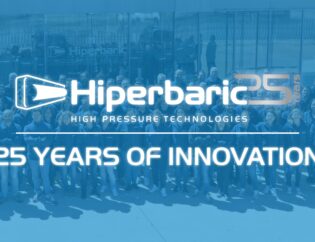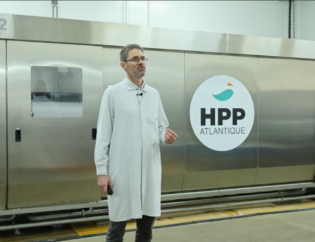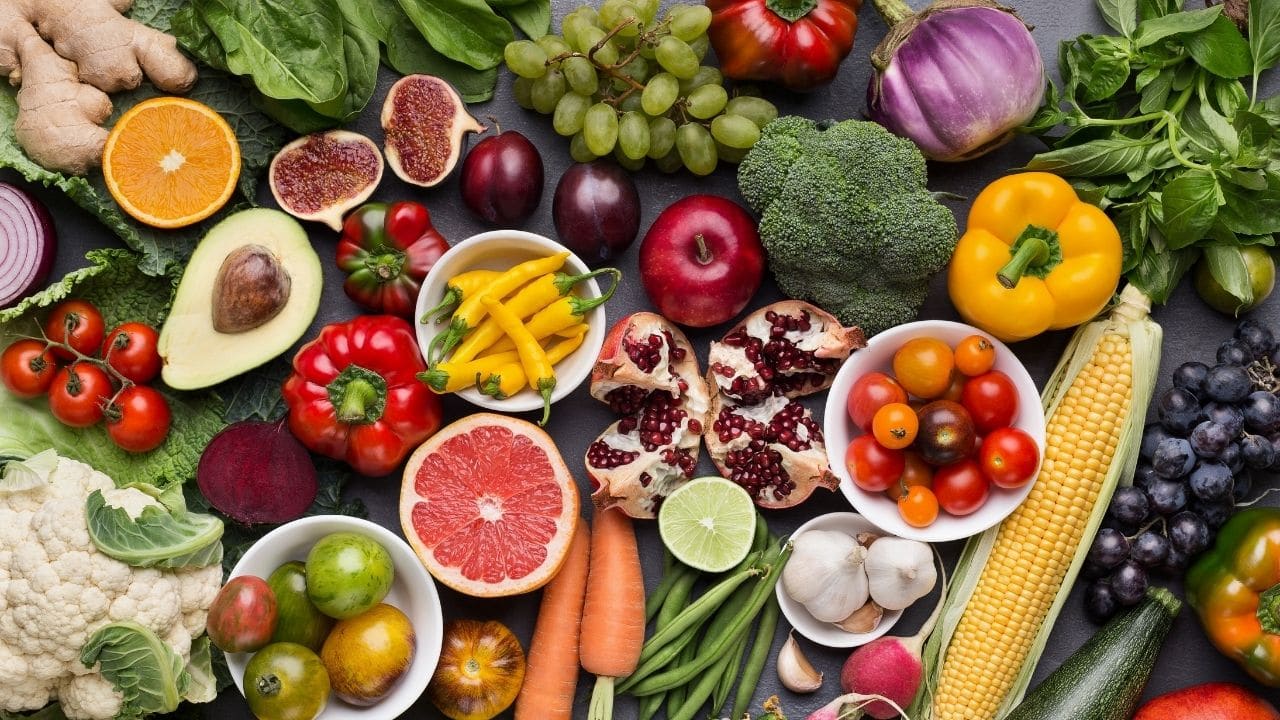
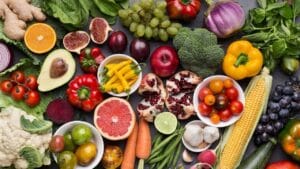
Plants are a good source of nutrients and other bioactive compounds, but are greatly affected by thermal preservation methods. On the other hand, high pressure processing (HPP) preserves the healthy properties of vegetables. This and other benefits are presented in a recent publication in which Dr. Carole Tonello, Vice President of Business Development at Hiperbaric, has actively collaborated. In this blog post we present the results of this study and the next steps in research.
Fruits and vegetables are a convenient source of nutrients and other bioactive compounds. However, once they are processed (peeled, cut or juiced), the resulting products become very perishable. This fact requires the application of processing methods to maintain food safety and to extend the self-life of plant-based products. Traditionally, heat pasteurization has been settled as the main preservation method for juices, smoothies or purees. Nevertheless, heat processing induces nutritional and functional losses, as well as undesirable color and flavor changes.
Due to the consumer demand for minimally processed food, nonthermal preservation technologies such as High-Pressure Processing (HPP) are gaining popularity. Since HPP does not break covalent bonds, it is the most suited technology to preserve heat sensitive molecules such as vitamins and other bioactive compounds. This makes HPP the most implemented nonthermal preservation technology to preserve quality attributes at the same time that food safety is assured.
Hiperbaric’s commitment with science dissemination and communication
As a world leader in HPP technology and a tireless communicator of its advantages for fresh, healthy and safe food, Hiperbaric collaborates with its HPP Academia Network aiming to raise awareness of HPP technology.
The most recent outcome of this dissemination effort is the publication of a review article entitled ‘High Pressure Processing Applications in Plant Foods’ in the open access journal ‘Foods’. In this case, Dr. Carole Tonello, Vice President of Business Development at Hiperbaric, has actively collaborated sharing her vision and knowledge of high-pressure industrial environment.
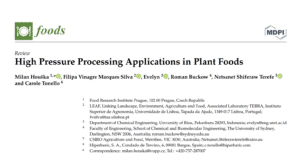
HPP preservation of bioactive compounds
The health and nutrition benefits of plants are directly related with their colorful compounds content (Figure 2), which are classified in three main groups: chlorophylls, flavonoids and carotenoids. The following lines summarize how HPP can enhance their preservation and further bioavailability of each pigment:
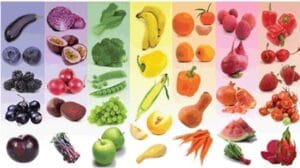
Chlorophylls
Chlorophylls are the mayor pigments of green vegetables, which are structured in complexes inside the plants cells. Once the cells are damaged, they liberate this and other compounds. Chlorophylls are highly unstable and rapidly change in color to olive green and brown. Almost any food processing intervention or even storage causes some deterioration on chlorophyll pigments, and this reaction is catalyzed by heat. For this reason, peas, beans, spinach, and other green vegetables which tend to lose their bright green colors upon heating can be largely protected by the application of HPP technology.
Wang et al., (2012) demonstrated that even intense HPP conditions (6000 bar/87,000 psi for 25 min) effectively prevent chlorophyll degradation (Figure 3) and delay enzymatic browning of spinach puree. The HPP treatment better retained the original fresh green color of spinach compared with conventional heat pasteurization (100 ºC/212 ºF for 1 min).
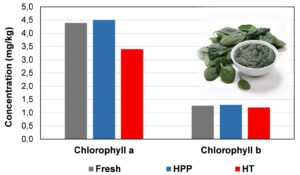
Flavonoids
Flavonoids are water-soluble pigments commonly present on fruits and vegetables. This group includes the purple, blue, and red anthocyanins of grapes, berries, plums, and cherries; the yellow anthoxanthins of light-colored fruits and vegetables such as apple, onion, potato, and cauliflower; and the colorless catechins and leucoanthocyanins which are found on apples, grapes, tea, and other plant tissues.
Anthocyanins are unstable and affected by pH changes, oxidation and high temperatures. The potential of HPP not only to preserve, but also to increase the concentration of these compounds was demonstrated by Morata et al., (2021). Researchers used this gentle nonthermal technology to enhance the extraction of this flavonoid from grapes and grape pomace (Figure 4), increasing by 80% the extraction rate compared to unprocessed controls.
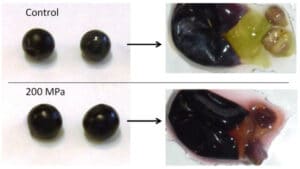
Carotenoids
Carotenoids are a group of mainly lipid-soluble compounds responsible for many of the yellow, orange and red colors of plant and animal products. Some of these compounds belong to the group of vitamin A. Although vitamin A is only found on animal materials, carotenoids act as precursors.
For instance, Cilla et al., (2020) evaluated the concentration of bioactive compounds from a HPP (400 MPa / 40 ºC / 1 min) clementine juice after a simulated in vitro gastrointestinal digestion. The concentrations of total carotenoids and other antioxidant compounds were higher in the HPP-treated juice than in the untreated one; showing a better stability and bio-accessibility of these compounds.
Next steps in research
High-Pressure Processing technology has also some limitations related with shelf-life of horticultural products, especially those of high pH (pH >4.6). Shelf-life can be significantly shortened by the activity of endogenous deteriorative enzymes, the growth of pressure-resistant spoilage microorganisms and other non-enzymatic (usually oxidative) reactions. This motivates Hiperbaric’s work in collaboration with the Commonwealth Scientific and Industrial Research Organisation (CSIRO) in the development of an isolated canister for High Pressure Thermal Processing (HPTP). By combining high pressure and mild temperature (far less heat compared to conventional food preservation technologies), it is possible to achieve a synergistic effect against some endogenous enzymes and resistant bacterial spores.
Please contact us if you would like to know more about this or any other topic related to HPP technology. Our specialists and doctors will be happy to personally answer your questions or doubts.

